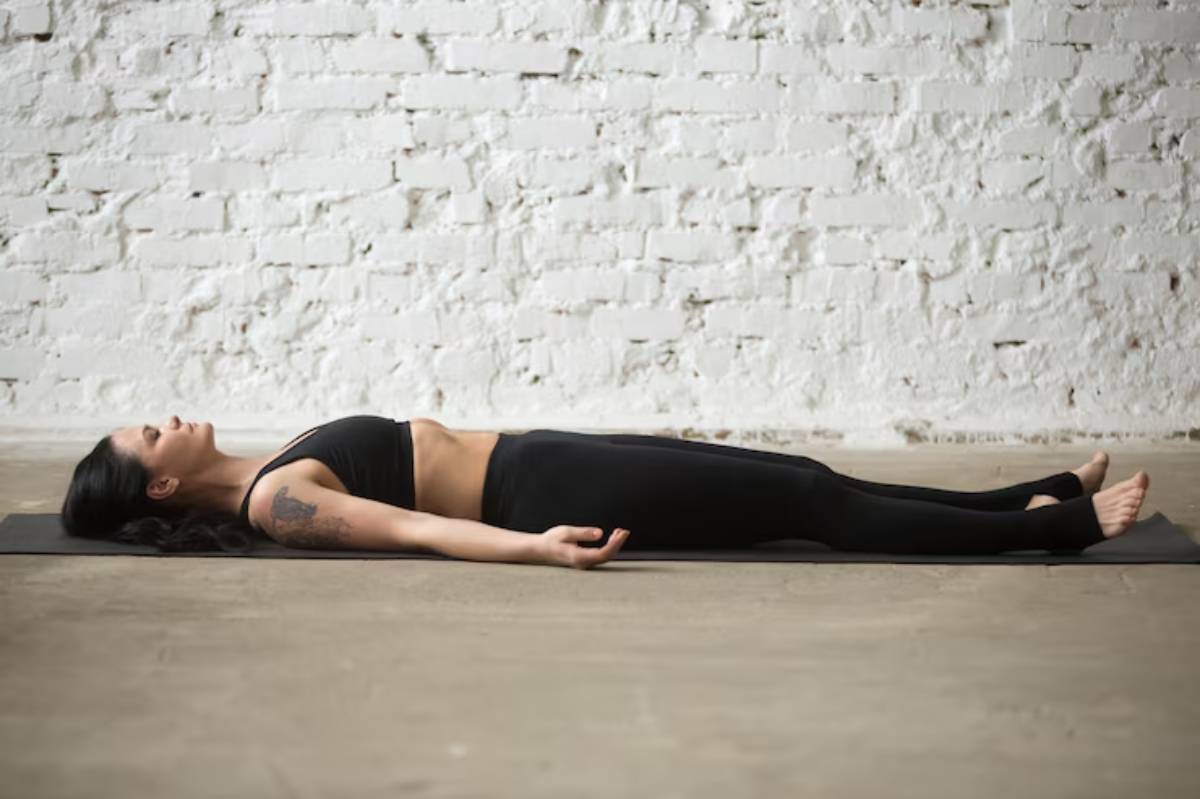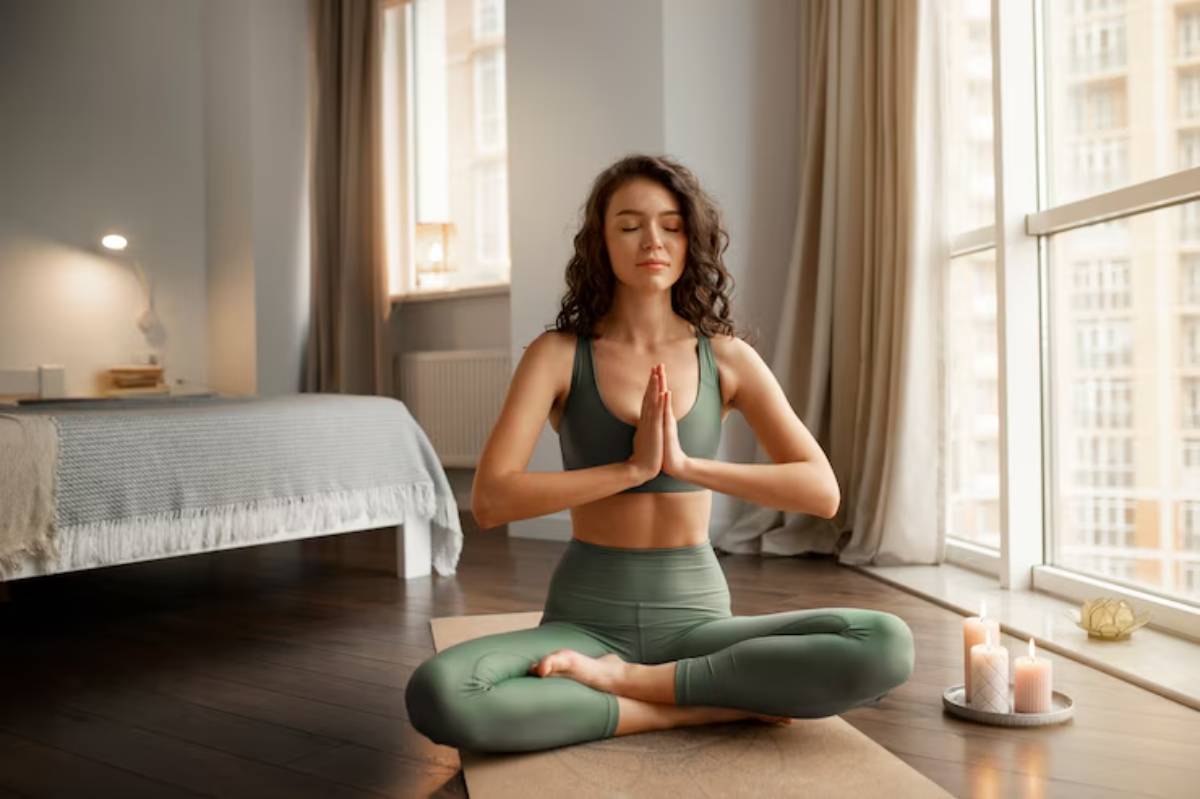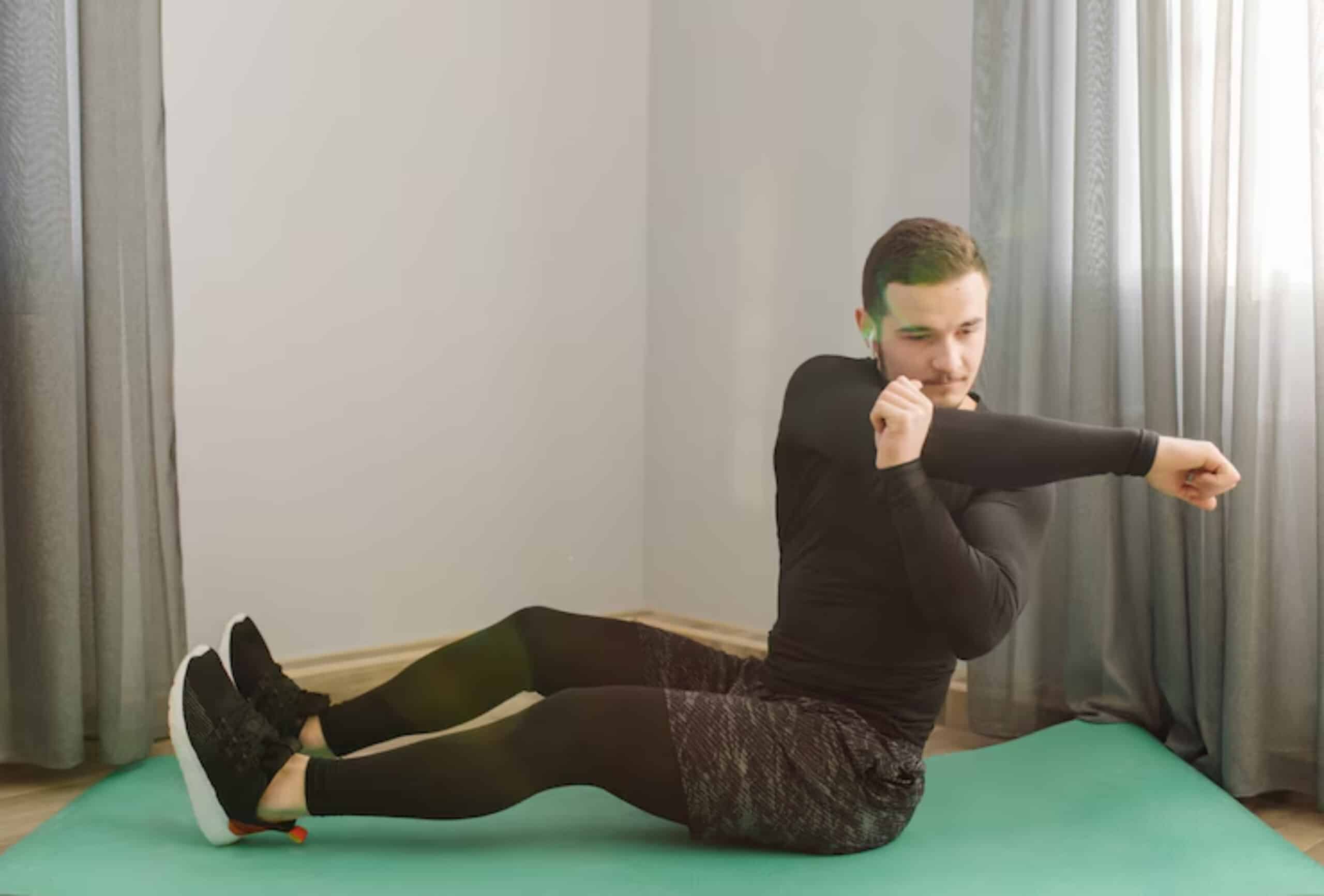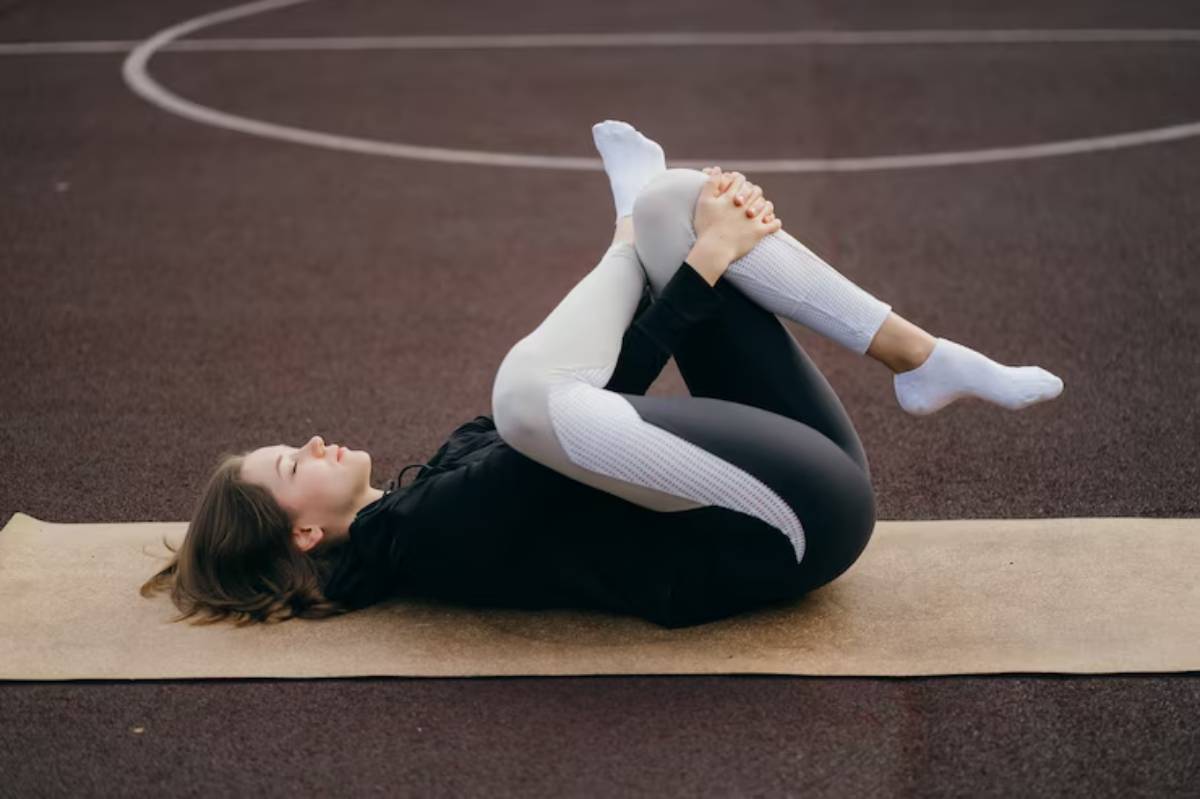
Yoga Drills for Hips, Knees, and Ankles: Unlocking Lower Body Mobility
If you’ve ever stood up after sitting too long and felt your knees creak or your hips protest, you’re not alone. Whether you’re a runner, lifter, office worker or just a human in the modern world, your lower body mobility is silently shaping your movement, comfort, and strength.
Tight hips? Stiff ankles? Sore knees? These are common complaints, but yoga offers an elegant, efficient solution. Yoga mobility drills are gentle yet powerful tools that not only stretch but also strengthen and stabilise. You’ll move better, feel better, and build longevity into your joints.
In this guide, you’ll discover:
- Why lower body mobility matters
- How yoga targets your hips, knees and ankles safely
- A structured yoga mobility routine you can do anywhere
- Tips for sustainable flexibility gains without injury
So roll out your mat (or towel), kick off your shoes, and get ready to reconnect with your body from the ground up.
Why Joint Mobility Yoga Is Non-Negotiable
Mobility ≠ Flexibility
Let’s clear one thing up. Mobility is not just about being bendy—it’s about having control over your range of motion. You need strength and awareness in all planes of movement.
- Flexibility = passive length
- Mobility = active, usable motion
The Lower Body Chain Reaction
Your hips, knees and ankles are kinetically linked. If one joint is restricted, others compensate, leading to:
- Poor squat depth
- Knee tracking issues
- Hip impingement
- Flat feet or collapsed arches
Yoga’s Unique Advantage
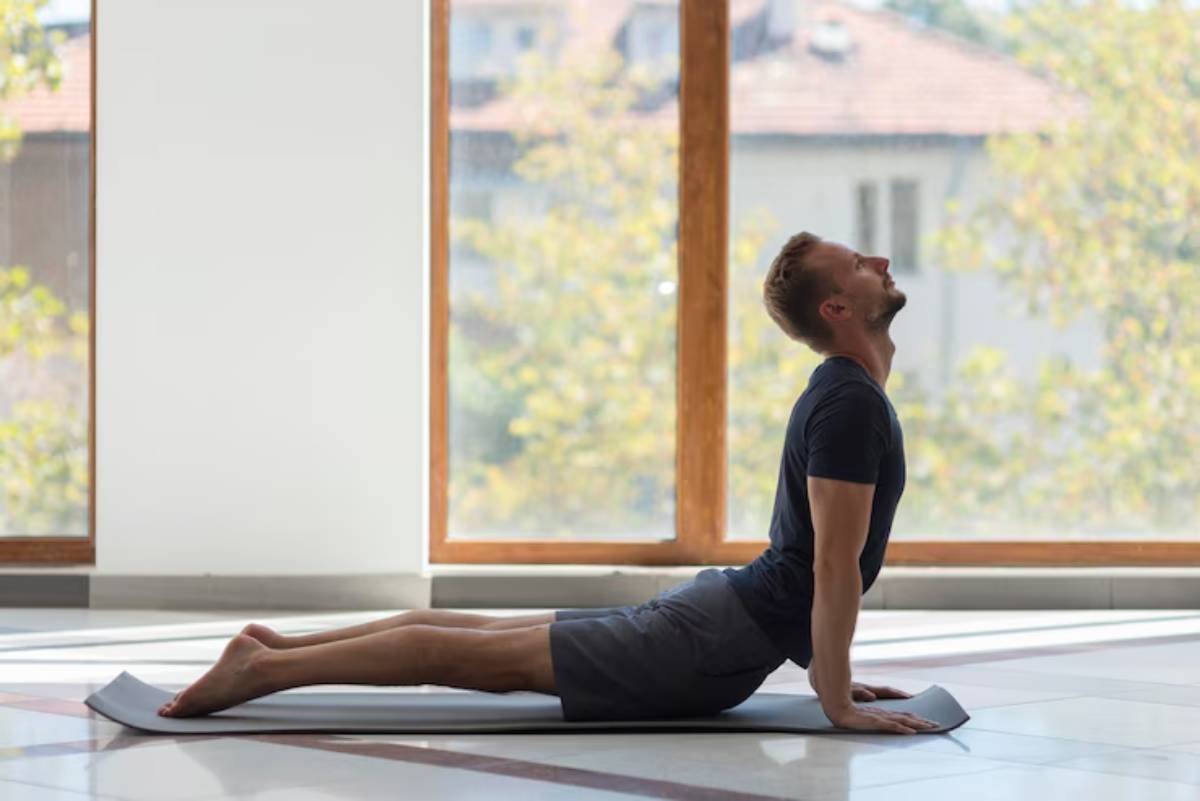
Yoga blends active stretching, breath awareness and bodyweight loading—ideal for long-term joint health. You’re not just lengthening tissues—you’re building resilient, mobile joints for everyday strength and performance.
Common Mobility Limitations in Hips, Knees and Ankles
Here’s what might be holding you back:
Hips
- Tight hip flexors from sitting
- Limited external rotation affecting squats
- Weak glutes and deep hip rotators
Knees
- Stiff quads and hamstrings tugging on the knee joint
- Ligament weakness post-injury
- Patellar tracking misalignment
Ankles
- Tight calves from walking in shoes or running
- Limited dorsiflexion (forward bend of the ankle)
- Poor proprioception (balance/awareness)
Sound familiar? The good news: you can train all of these with 10–15 minutes of consistent yoga mobility drills.
Yoga Mobility Drills: A Lower Body Sequence for Real Results
This full-body routine targets your hips, knees, and ankles in a flow-based format. You can do it:
- As a morning movement ritual
- A pre-workout mobility primer
- A standalone recovery session
Warm-Up (5–7 Minutes)

1. Cat-Cow with Hip Circles
- Mobilises the spine and starts hip articulation.
- Add circular movements with the knees to “wake up” the hips.
2. Low Lunge Rockbacks
- Opens hip flexors and hamstrings.
- Gently rock forward and back 6–8 times per side.
Main Flow (15–20 Minutes)
3. Lizard Pose with Dynamic Shifts
- Targets hip flexors, adductors, and ankles.
- Gently pulse or slide hips side to side.
4. Garland Pose (Malasana)
- A deep squat to improve hip, knee, and ankle alignment.
- Use a block under the hips if needed.
5. Knee Hovers from Tabletop
- Builds strength around knees and core.
- Hover knees 2 inches above the mat and hold.
6. 90/90 Hip Rotations
- Sit with both knees bent at 90 degrees, switching sides slowly.
- Builds internal/external rotation control in the hips.
7. Seated Ankle Rolls & Flexion
- Simple but essential for ankle mobility.
- Circle each ankle slowly and deliberately in both directions.
Balance & Control (8–10 Minutes)
8. Standing Figure Four Pose
- A hip-opener that challenges balance and proprioception.
- Sit your hips back as if into a one-legged chair.
9. Chair Pose Calf Raises
- Heels lift to engage calves and ankles.
- Great for strengthening around the knees, too.
10. Warrior III to Knee Hug
- Dynamic single-leg movement for balance and mobility.
- Encourages ankle and knee alignment.
Cool Down & Restore (5–10 Minutes)
11. Supine Figure Four Stretch
- Deep external hip rotation.
- Breathe into tight areas.
12. Reclined Knee Circles
- Massage the hip sockets and loosen the sacrum.
13. Legs Up the Wall
- A restorative pose to let gravity drain fatigue and inflammation from the legs.
Props to Make It Easier (and Smarter)
- Yoga block: Great for squats and seated work.
- Strap: Assists with knee-friendly hamstring work.
- Wall: Use it for stability during balance poses.
Try pairing this sequence with Thoracic Spine Mobility With Twisting Flows to unlock full-body freedom of movement.
Tips for Sustainable Lower Body Mobility Gains
1. Focus on Consistency Over Intensity
You don’t need to “push through”—just show up. 5–10 minutes most days will serve you better than a 90-minute stretch fest once a week.
2. Work Both Passive and Active Ranges
Hold static stretches and move dynamically. It’s this combo that boosts mobility and strength.
3. Train Barefoot When You Can
Shoes often restrict natural ankle and foot movement. Let your toes spread and feel the ground.
4. Respect Pain Signals
Discomfort is okay. Sharp pain is not. Modify when needed and build gradually.
Real-Life Mobility Transformation: Liam’s Story
Liam, a 42-year-old construction worker, couldn’t sit in a squat without falling backwards. Knee pain kept him from playing football with his son.
After committing to a 10-minute daily yoga mobility routine, Liam:
- Improved his squat form and depth
- Gained confidence in knee stability
- Reported less stiffness after long days
“I always thought yoga was too slow for me. Now, it’s my not-so-secret weapon for staying strong and mobile.” — Liam, Leeds
Pair With This for Deeper Gains: Daily Yoga Sequence to Improve Overall Flexibility as your everyday go-to flow
Conclusion: Take Care of Your Foundations
Your lower body is the base that carries you through life. Tight hips, achy knees, and stiff ankles don’t have to be your norm.
With joint mobility yoga, you’re not just stretching—you’re reclaiming the way your body was built to move. By weaving in a few daily drills, you’ll feel looser, more powerful, and less restricted in your everyday activities.
